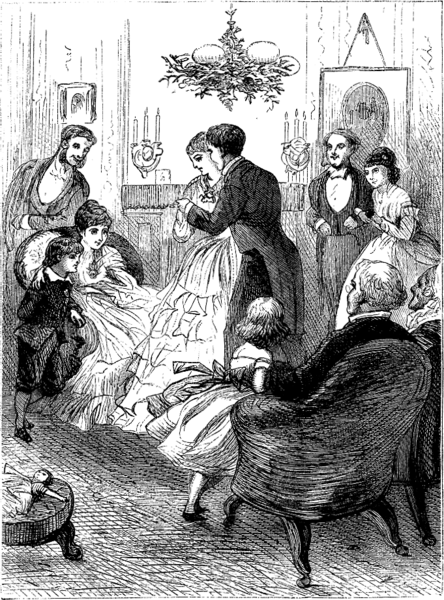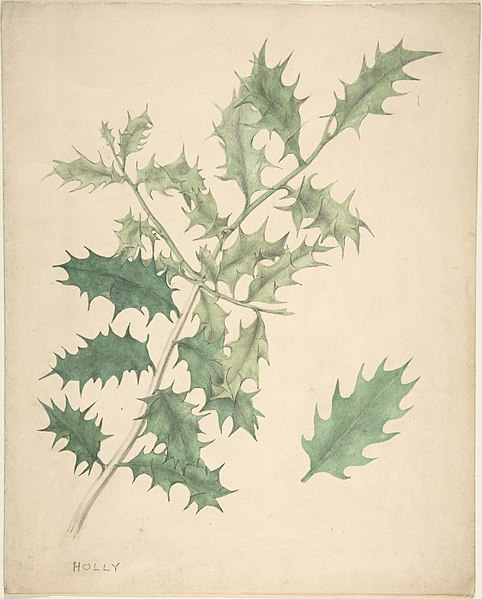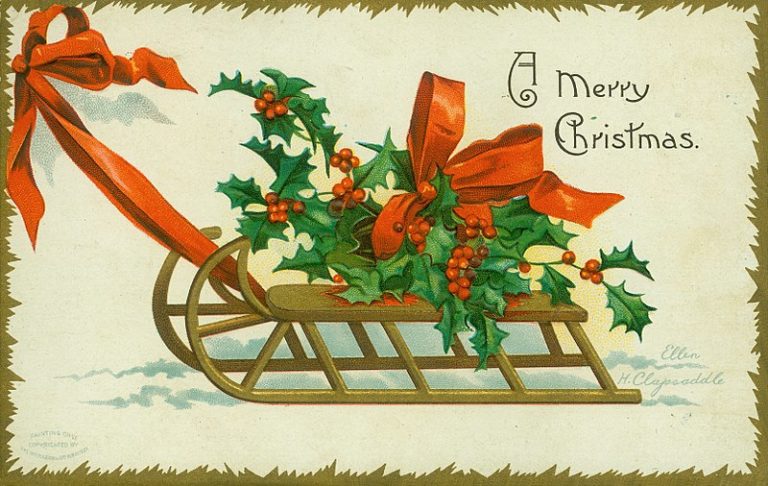"Floofooflers & Tartookas:" Dr. Seuss & The Grinch
The Grinch first appeared not in Dr. Seuss's 1957 book, "The Grinch Who Stole Christmas!", but in a poem called "The Hoobub and The Grinch" published in the May 1955 Issue of Redbook magazine.
Dr. Seuss, whose actual name was Ted Seuss Geisel, said it was the easiest book of his career to write.
And that may be because Grinch was admittedly inspired by Dr. Seuss himself. In a 1957 interview with Redbook, Geisel said this.
"I was brushing my teeth in the morning of the 26th of last December when I noted a very Grinchish countenance in the mirror... Something had gone wrong with Christmas, I realized, or more likely with me. So I wrote the story about... the Grinch, to see if I could rediscover something about Christmas that obviously I'd lost."
Excerpt from "Dr. Seuss: American Icon" by Philip Nel © 2005.
This is further supported by the fact that The Grinch says he's put up with the Whos for 53 years, which was Geisel's age at the time of drafting.
And then there's the opinion of Geisel's stepdaughter, Lark Dimond-Cates. In 2003, she stated, "I always thought the Cat [in the Hat] was Ted on his good days, and the Grinch was Ted on his bad days."

Dr. Seuss sketching The Grinch as photographed by Al Ravenna, 1957. Courtesy of the Library of Congress.
As for the name: Dr. Seuss didn't invent it.
It's the short version of the common French word "grincheux," which is a curmudgeonly grump. Some have speculated Geisel's time during the Second World War may have put him in the path of a grincheux or two, or introduced him to the word. We just don't know.
When "The Grinch Who Stole Christmas" was published in 1957, it was released by both Redbook and Random House.
Nine years later, in 1966, Warner Bros. bought the rights to create an animated Christmas special. This had been very difficult to do, because Geisel was staunchly anti-Hollywood.
So WB got cartoon director Chuck Jones to convince Dr. Seuss--who he'd actually served with during World War II in the Animation Dept. of the US Army's First Motion Picture Unit--to please, PLEASE trust him with The Grinch.

Dr. Seuss as photographed by Al Ravenna, 1957. Courtesy of the Library of Congress.
Geisel gave his reticent blessing, so the race was on to find a sponsor, which at the time was a necessity in order to air.
The last animated Christmas special, "A Charlie Brown Christmas," had no trouble finding sponsorship--it landed Coca Cola.
But almost everyone passed on The Grinch.
Jones finally found an unexpected sponsor in the Foundation for National Banks, which he later said he thought was weird because of the line, "Christmas doesn't come from a store," but hey, don't look a gift-horse in the mouth. So the wheels were finally set in motion for a project with an approved budget that was gargantuan: $300,000 for a 26-minute special.
And that, while "A Charlie Brown Christmas" cost less than $100,000, all in all.
When Jones showed him the final iteration of The Grinch, Ted Geisel was caught off-balance. He said in an interview in 1994 that he told Jones, "That doesn't look like The Grinch; it looks like you!"
"Well, it happens," Jones replied.
On to the Grinch's iconic green fur. We all remember the actual illustrations from the book being black and white, with red and pink highlights. And when the tv special was being formulated, the plan was to keep The Grinch that way.
But Jones made a change, and no, it wasn't for the sake of festive Christmas colors. He arbitrarily chose the coloring for The Grinch because according to him, he seemed curse to always get that color when renting cars.
And let's not forget Max the Pupper, who Chuck Jones later declared his favorite character. He was comedic relief and the audience proxy.
Plus, Max was adorable.

Dr. Seuss reading "The Cat in the Hat," as photographed by Al Ravenna, 1957. Courtesy of the Library of Congress.
The Grinch was immediately popular. So much so, in fact, that Geisel did two subsequent specials for the character in 1977 for Halloween, and in 1982, wherein The Grinch "grinches" the Cat in the Hat.
The iconic music of the Christmas special was so well received that immediately following its debut, the studio was flooded with letters requesting the Latin translation to Geisel's jibberish lyrics in the final song. Such was his talent, that he intentionally used nonsense lines to sound like and be mistaken for classical Latin.
And as it turns out, there's also a story behind "You're A Mean One, Mr. Grinch." Boris Karloff had been signed on to narrate the special. But there was obviously a song involved, and his vocal talent was lackluster, to say the least. So a veteran voice actor named Thurl Ravenscroft was brought on, uncredited, to sing.
Mr. Ravenscroft was also the voice of Tony the Tiger.
You can never un-hear it.
































